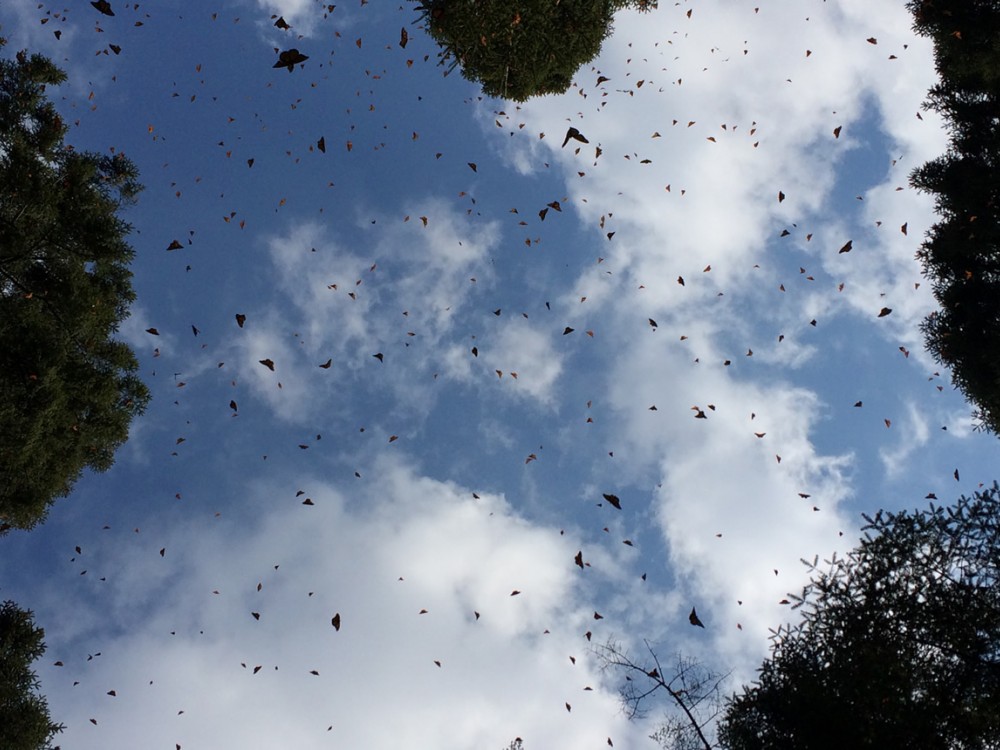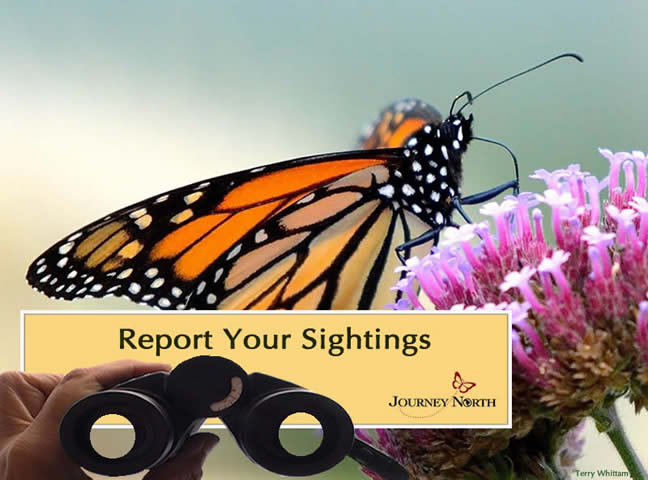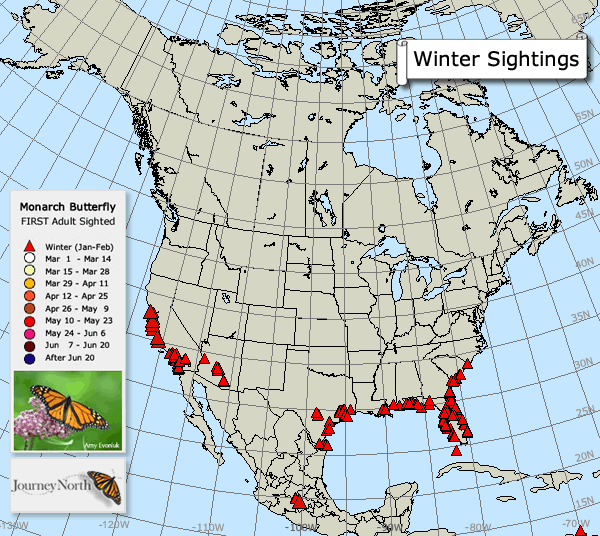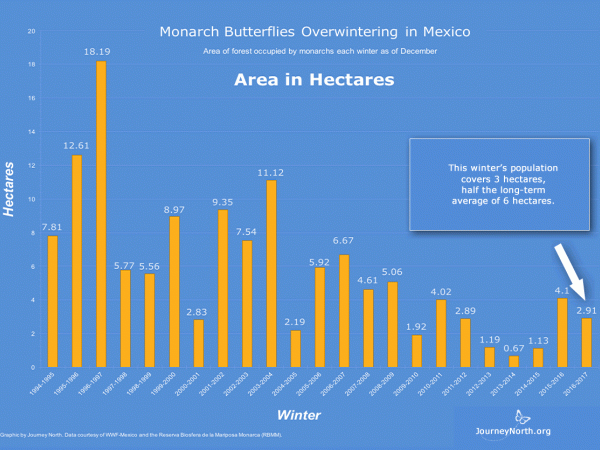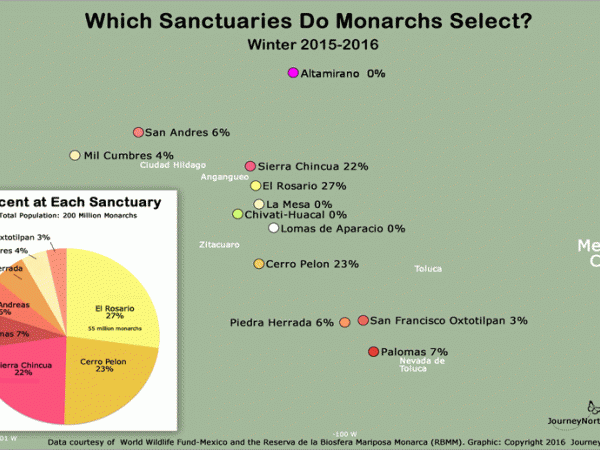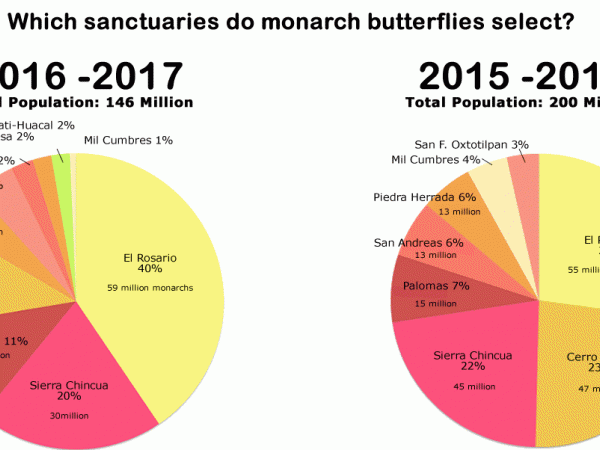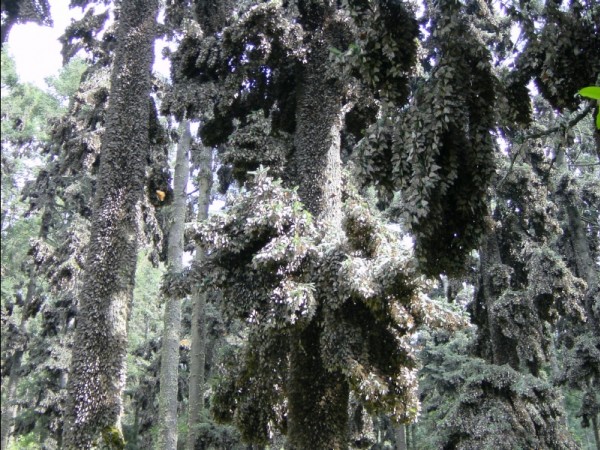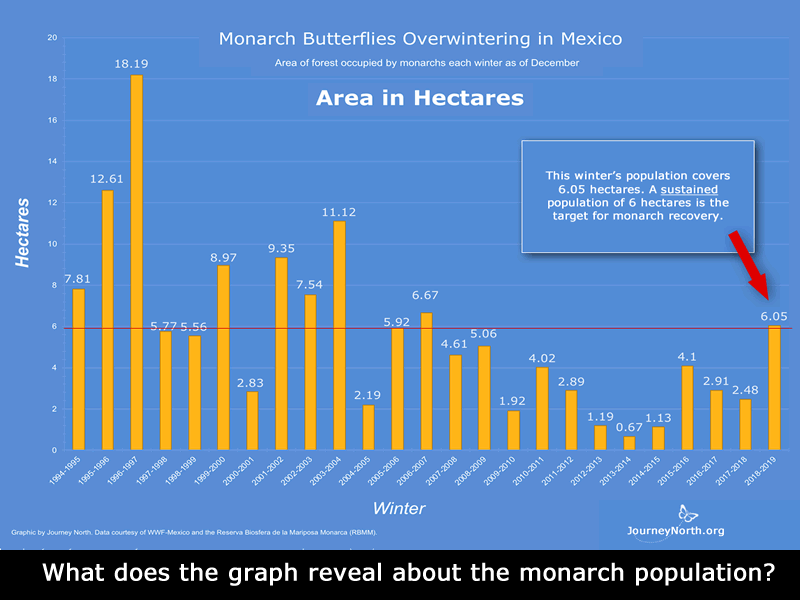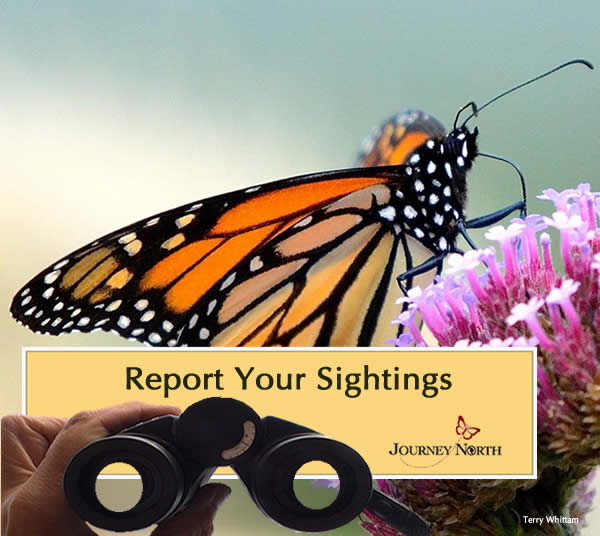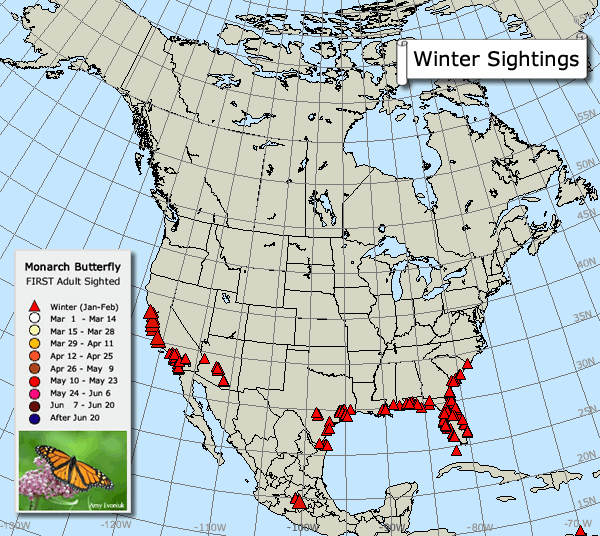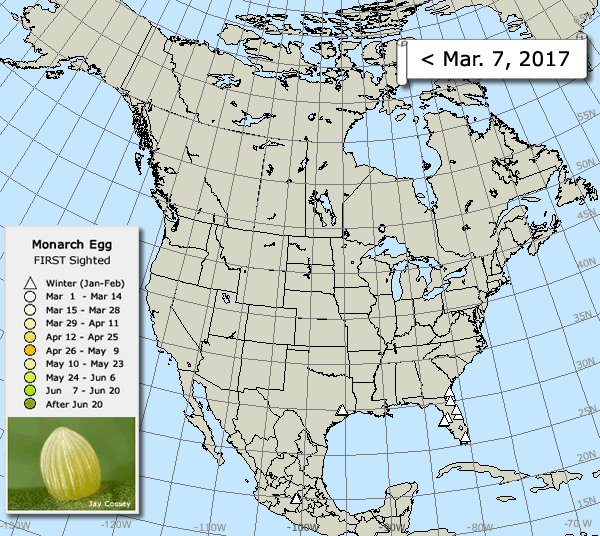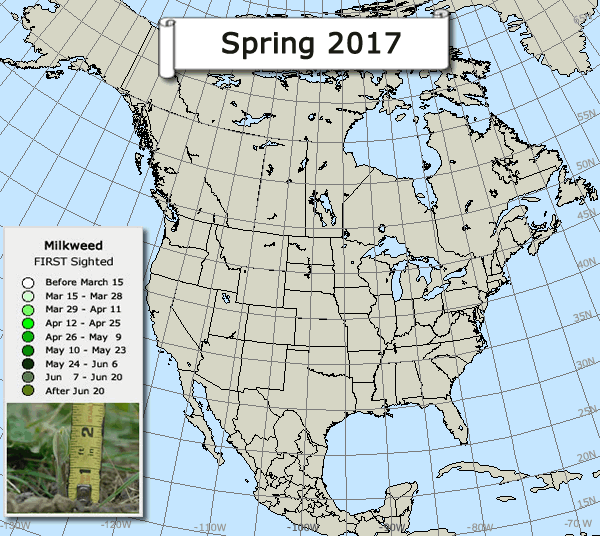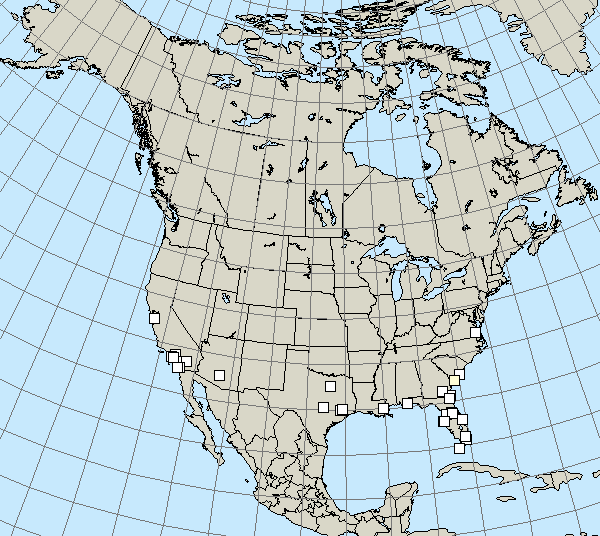Population Count is in...
Down 27% but Up from Record Lows
According to this year's official population estimate, this winter's monarch colonies cover 2.91 hectares (7.19 acres) of forest. This is down from last years 4.1 hectares, but still higher than the record low of .67 hectares in 2013/2014.
Higher Than Predicted
Dr. Chip Taylor of Monarch Watch expected the population to be quite low, perhaps at the 2014/2015 level of only 1.13 hectares.
"The count is much higher than I expected and that I had been led to believe by those that had visited a large number of the sites. The fall migration was really low in the east and the far west (west of the eastern Dakotas to the front range of the Rockies) and there was no place where the numbers were recorded as high. All the fall counts - roosts, etc. appeared to be low."
Several factors led to low predictions: the March 2016 storm at the overwintering sites devastated 5-10% of the population, low numbers were reported during the summer breeding season, and the weak fall migration.
Why Higher?
Some reasons the population estimate is higher than expected could include:
Warm fall: Did unusually warm temperatures give more monarchs time to complete their life cycle and fall migration?
Warm December in Mexico: Monarch don't form clusters as tight and dense in warm temperatures as they do when it's cold. The butterflies spread out so the colony occupies more area. The population estimate is a surface area measurement. Could the warm December result in an artificially high estimate?
Goal is 6 Hectares
The target for monarch recovery is a sustained population of 6 hectares. The level must be high enough so that the population's natural yearly fluctuations don't drop below an extinction threshold. For long-term viability, the population must be resilient during conditions in an off-year.
"We can only save the monarch butterfly by working together. Through continued research, education, and protection, we can give future generations the same opportunity my children have: to look in wonder at the beautiful orange, black and white butterfly," said Catherine McKenna, Canada’s Minister of Environment and Climate Change.

